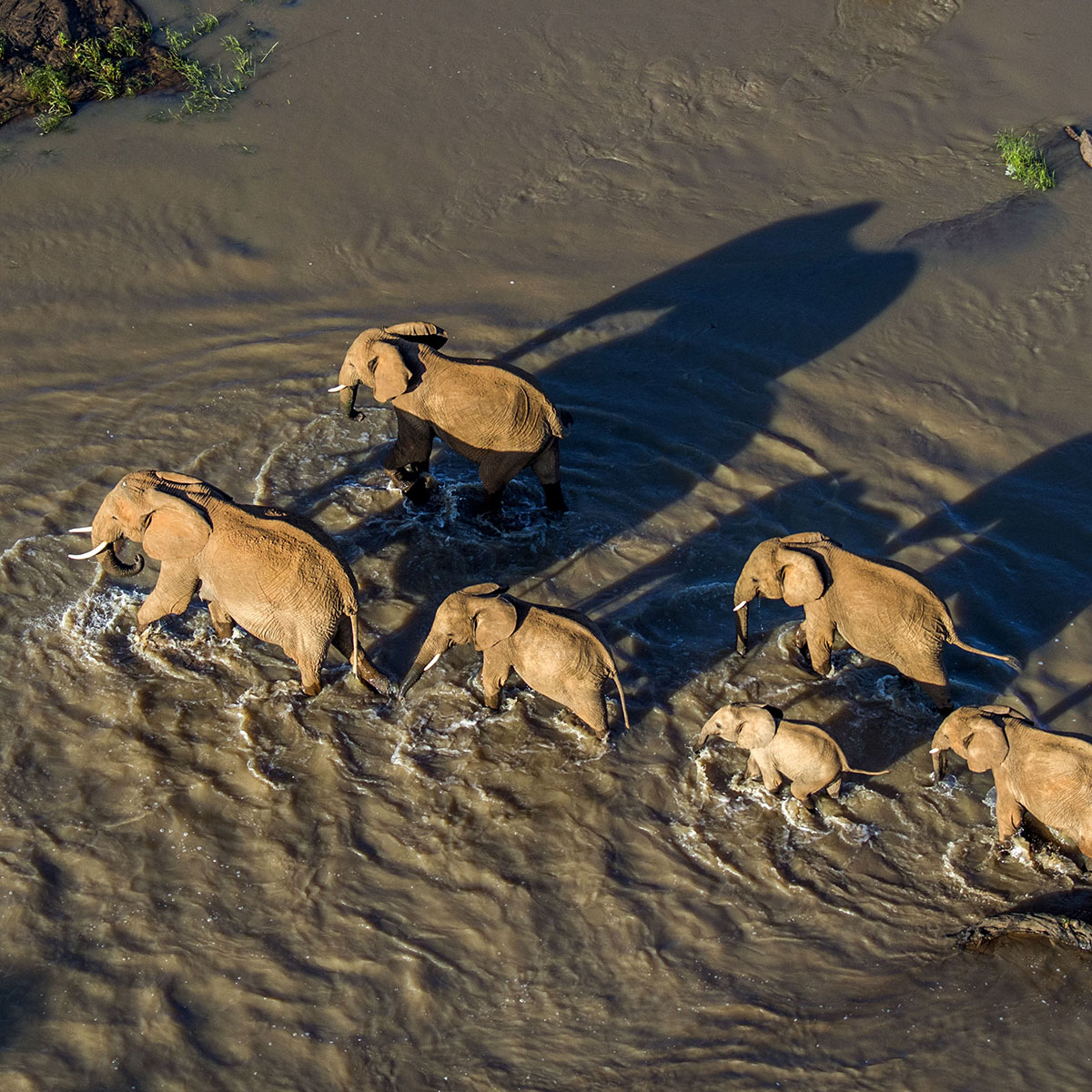
Ami Vitale

Nikon Ambassador and National Geographic magazine photographer Ami Vitale has lived in mud huts and war zones, contracted malaria, and donned a panda suit—all in keeping with her philosophy of “living the story.” She has traveled to more than 90 countries, bearing witness not only to violence and conflict, but also to surreal beauty and to the enduring power of the human spirit. Recently, she has turned her lens to compelling wildlife stories, such as returning critically endangered captive born species, like the giant pandas back to the wild and attempts to save the last four living northern white rhinos from extinction.
Her photographs have been commissioned by nearly every important international publication and been exhibited around the world in museums and galleries. Now based in Montana, she continues to make films and stories of the planet’s most important issues and frequently gives lectures and workshops throughout the Americas, Europe, Asia. She is currently working on a story on pandas in China for National Geographic and Kenya on endangered species.
For more information on Ami and her work visit her website amivitale.com.

Kamara, a @lewa_wildlife rhino keeper introduces Samburu warriors to baby rhinos. None of the warriors had ever seen a rhino in their life and some had never even seen a photo of a rhino.

It is surprising to think that most people on the planet never get the opportunity to see the wildlife that exists literally in their backyard. Only their grandfathers saw rhinos and these young men had never even seen a photo of one. Based on stories and their own imagination, they all expected the young rhinos to be as big as elephants, as dangerous as lions and their horns to be flexible, like the trunk of the elephant. This one experience left them in awe, just like all of us, and passionate protectors.

A translocated black rhino from @lewa_wildlife charges from a crate into its new home at @nrt_kenya’s Sera Community Conservancy. Rhino have not existed on Sera in over 30 years since the last one was killed by poachers. Now a brave initiative by @nrt_kenya, @lewa_wildlife and @kenyawildlifeservice has made it possible for the rhino to be reintroduced to this native homeland that it has long been absent. The people of Sera are ecstatic-this is the first time in East Africa a community will be responsible for the management and protection of this highly threatened species, signaling a new era in Kenya’s conservation efforts.

Kilifi, an 18 month old rhino nuzzles his keeper Kamara at Lewa Wildlife Conservancy in Kenya. Kamara spends 12 hours every day watching over the vulnerable baby rhinos. He loves these animals like his own children and is part of the reason Kenya’s black rhinos, whose population had plummeted to near extinction, are doing so well here.

Reticulated giraffes are some of the stunning animals you encounter while visiting @loisaba_conservancy in Laikipia, in northern Kenya. Did you know that even though it is so long, a giraffe has the same number of neck bones as a human being? Seven! Reticulated giraffes are the most distinctly patterned of the eight subspecies of giraffe and they have the ability to thrive in the hot, dry and semi-arid country. @loisaba_conservancy is an important conservation area for @nature_africa and partners because keeping it intact and healthy will secure many benefits for people and wildlife.

A herd of elephants cross a river at @loisaba_conservancy in Laikipia, northern Kenya. More than 800 elephants spend significant time at @loisaba_conservancy and @nature_africa is working with partners to conserve this important elephant migratory pathway.

On assignment for @nature_africa i had the extraordinary opportunity to follow a pack of 18 resident African wild dogs as they hunted dikdiks at @loisaba_conservancy in northern Kenya. They move quickly in packs and share food and assist the weaker members of the pack.

A panda explores the forest at Wolong China Conservation & Research Center for the Giant Panda in Sichuan Province, China. They are incredibly elusive creatures and were once as mythical as Bigfoot. Even though the Giant Panda has been around for several million years, it was only discovered within the last century. The first Giant Panda was not captured until November 9, 1927, incredible considering their massive global appeal today. I am in China working on a story for National geographic Magazine on the giant pandas.

This is the end of this magnificent ancient species.This is one of the last of 4 northern white rhinos as she left the Czech zoo on the way to @olpejeta refuge in Africa. They are the most endangered mammal on the planet. Much needed attention has been focused on the plight of wildlife but very little has been said about the indigenous communities on the frontlines of the poaching wars and the incredible work that is being done by these conservancies to strengthen them. These communities hold the key to saving Africa’s great animals.


Visit the website for Ami Vitale
Follow her on:

